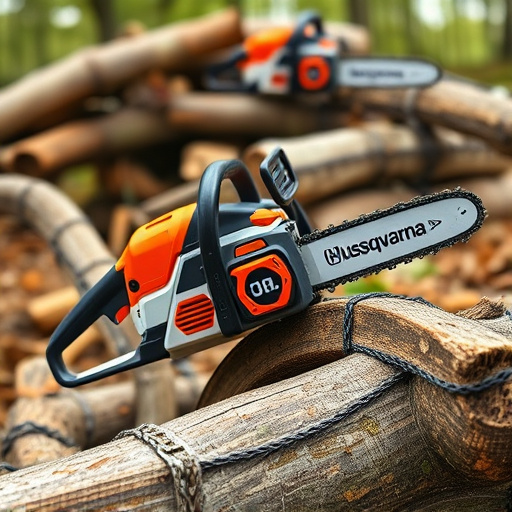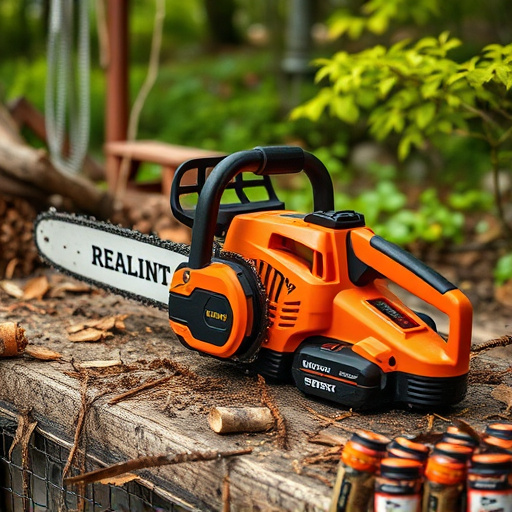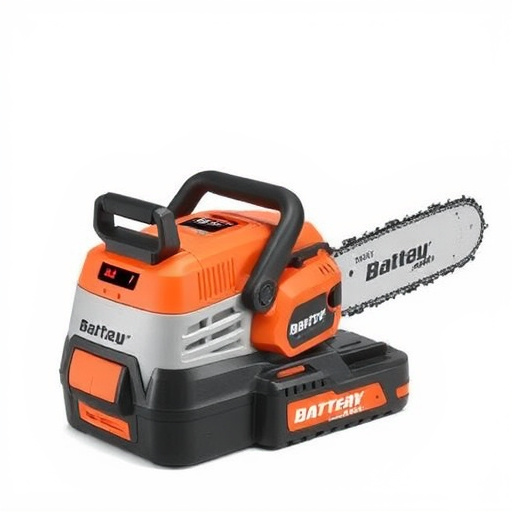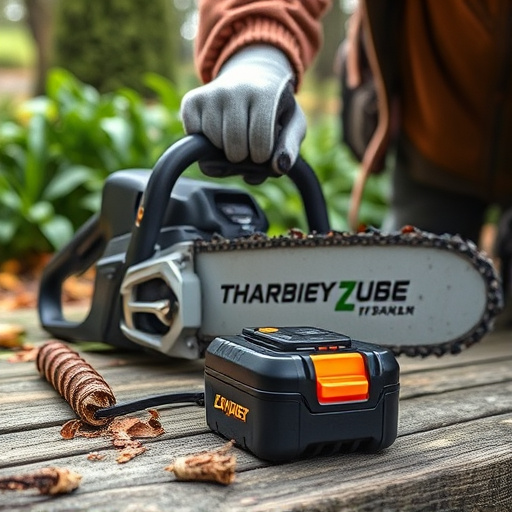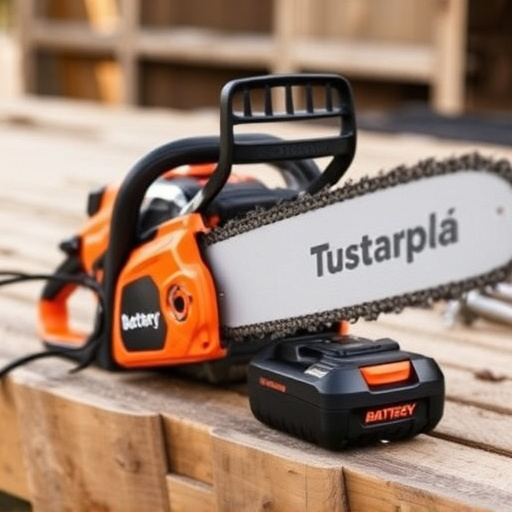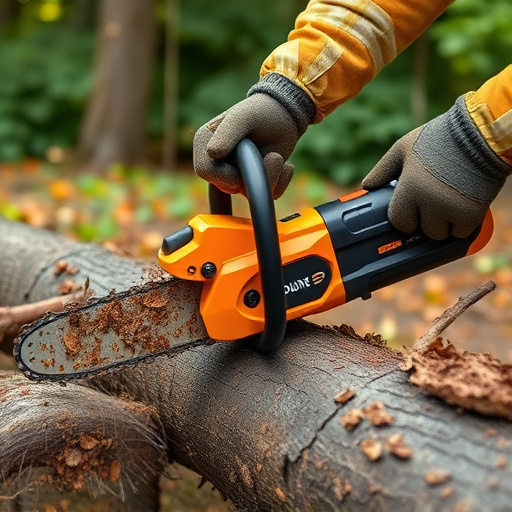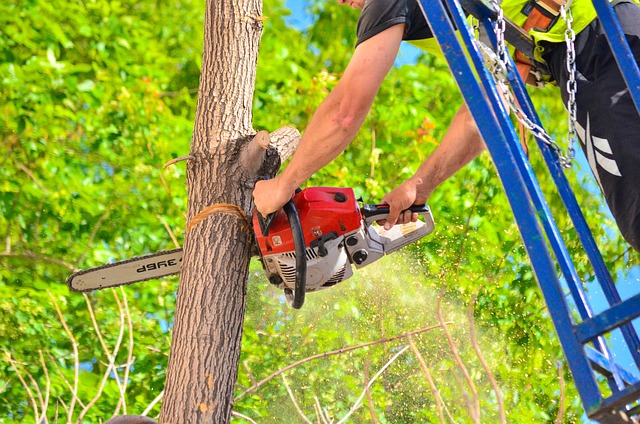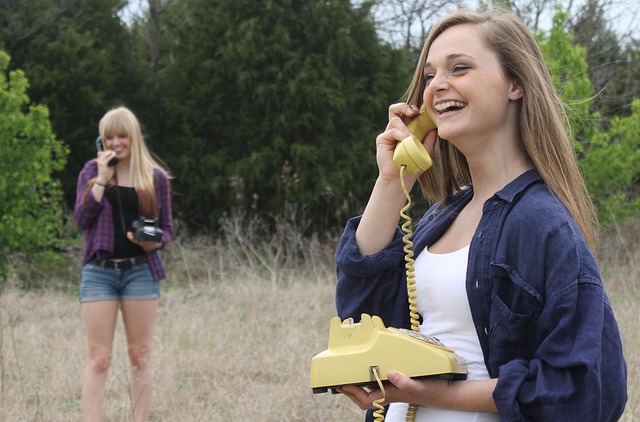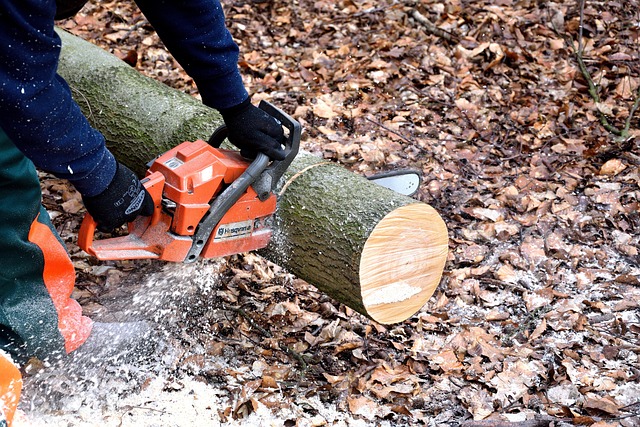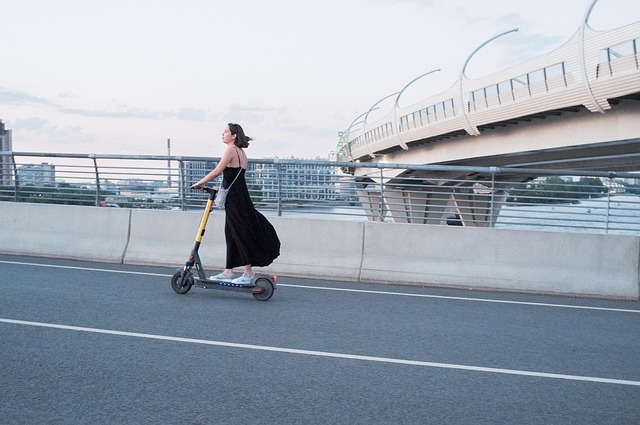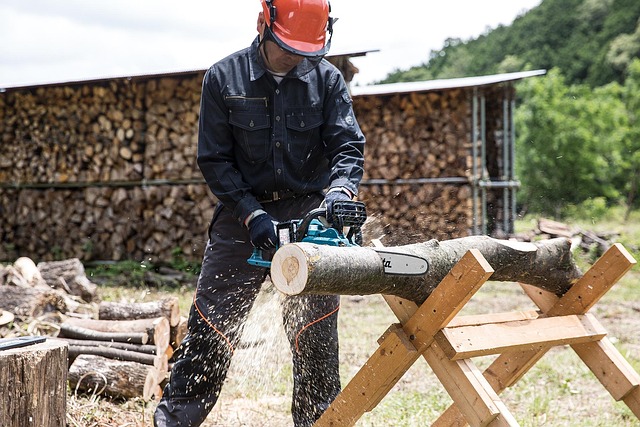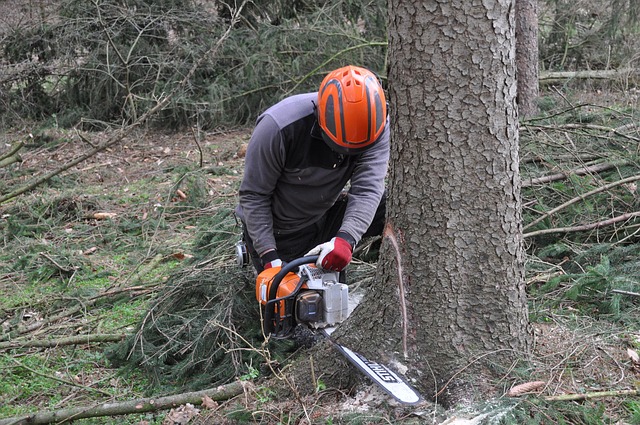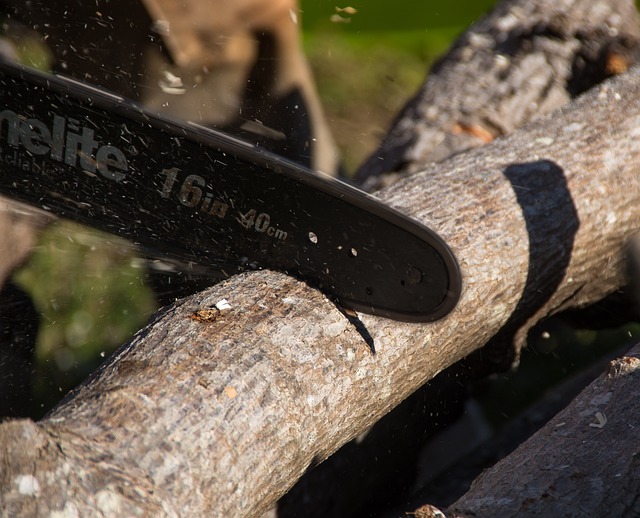Husqvarna Electric Chainsaw: Revolutionizing Forestry and Sustainability
Introduction
Welcome to an in-depth exploration of the Husqvarna Electric Chainsaw, a cutting-edge innovation that is transforming the way we interact with nature. This article aims to guide you through the intricate world of electric chain saws, highlighting their significance, technological advancements, global impact, and future potential. As we delve into this topic, readers will gain valuable insights into how these machines contribute to forestry practices, environmental conservation, and sustainable development worldwide.
Understanding Husqvarna Electric Chainsaw: A Definition and Its Essential Components
What is a Husqvarna Electric Chainsaw?
The Husqvarna Electric Chainsaw, part of the renowned Swedish engineering brand Husqvarna, is a powerful yet eco-friendly alternative to traditional gasoline-powered chain saws. It represents a significant leap forward in forestry equipment, combining exceptional performance with reduced environmental impact. This electric chainsaw is designed for various applications, from professional logging and tree care to residential landscaping and DIY projects.
Key Components:
-
Motor and Power System: At the heart of the Husqvarna Electric Chainsaw lies its advanced motor technology. These saws utilize high-torque electric motors that deliver exceptional cutting power while remaining surprisingly lightweight. The power system includes battery packs, chargers, and intelligent power management systems to ensure optimal performance.
-
Chain and Cutting System: The chainsaw’s chain is a critical component, offering precise and efficient cutting. Husqvarna incorporates advanced chain designs with optimized teeth geometry, ensuring smooth cutting action across different wood types. Some models feature self-oiling systems for minimal maintenance.
-
Handle and Ergonomics: Ergonomic design is a hallmark of Husqvarna products. The electric chainsaws boast comfortable handles, anti-vibration systems, and adjustable settings to reduce operator fatigue during extended use. These features ensure safety and efficiency for users of all skill levels.
Historical Context: A Journey Towards Sustainability in Forestry
The development of the Husqvarna Electric Chainsaw is rooted in the growing global awareness of environmental sustainability. Traditional gasoline-powered chain saws have long been associated with noise pollution, emissions, and a carbon footprint that contributes to climate change. In response, Husqvarna, known for its innovative forestry solutions since 1689, embarked on a mission to create a cleaner, more sustainable cutting tool.
Over the years, the company has pioneered various electric power technologies, including electric lawn mowers and trimmers. The transition to electric chain saws was a natural progression, leveraging advancements in battery technology and motor design to meet the demands of professional foresters and hobbyists alike.
Global Impact and Trends: A Worldwide Revolution
International Adoption and Market Growth
The Husqvarna Electric Chainsaw has made significant inroads globally, with its adoption spanning North America, Europe, Asia-Pacific, and Latin America. This international appeal can be attributed to several factors:
-
Environmental Regulations: Many countries have implemented strict environmental policies, including regulations on air and noise pollution. Electric chain saws offer a cleaner alternative, helping users comply with these standards without compromising performance.
-
Sustainable Forestry Practices: Global initiatives promoting sustainable forestry and wildlife conservation have fueled the demand for eco-friendly equipment. Husqvarna’s electric saws align perfectly with these goals by reducing the environmental footprint of logging operations.
-
Urbanization and DIY Trends: The rise of urban forests and backyard landscaping has boosted the popularity of electric chain saws among homeowners and professional landscapers. Their quiet operation and reduced vibrations make them ideal for suburban settings.
Regional Trends:
-
North America: In the United States and Canada, the market for electric power equipment is growing rapidly. Husqvarna’s presence in this region has been strengthened by partnerships with local distributors and a focus on promoting sustainable forestry practices.
-
Europe: European countries have long been early adopters of eco-friendly technologies, and electric chain saws are no exception. Strict environmental regulations and a culture of sustainability drive the demand for these products.
-
Asia-Pacific: With a vast number of forested areas and a growing middle class, countries like China and India are experiencing an increase in forestry equipment sales. Husqvarna’s entry into these markets has focused on providing affordable, high-quality electric saws to cater to diverse customer needs.
-
Latin America: The region’s rich biodiversity and efforts to protect natural resources create a favorable environment for Husqvarna’s electric chain saws. Local distributors play a crucial role in promoting sustainable practices among foresters and landowners.
Economic Considerations: Market Dynamics and Investment Opportunities
Market Size and Growth
The global market for electric chain saws is experiencing substantial growth, driven by the aforementioned trends and increasing environmental awareness. According to a 2022 report by Market Research Future (MRFR), the market value is projected to reach USD 1.5 billion by 2027, growing at a CAGR of 8.5% from 2020 to 2027.
Investment Patterns and Opportunities
-
Manufacturers and Distributors: Established players like Husqvarna, as well as new entrants, are investing heavily in research and development to enhance product features and performance. This includes improvements in battery technology, motor design, and ergonomic controls.
-
Infrastructure Development: Governments worldwide are allocating funds for infrastructure projects, including forest management and sustainable land development. Such initiatives create opportunities for electric chain saw manufacturers to collaborate with public and private entities to supply eco-friendly equipment.
-
Green Technology Incentives: Many countries offer tax incentives and grants to promote the adoption of green technologies. These incentives encourage businesses and individuals to invest in electric power tools, including chain saws, contributing to market growth.
Technological Advancements: Driving Innovation Forward
Battery Technology
One of the most significant technological advancements in Husqvarna Electric Chain Saws is the evolution of battery technology. Modern models utilize lithium-ion batteries, known for their high energy density, lightweight design, and rapid charging capabilities. These batteries offer longer run times, faster recharging, and improved overall performance compared to older technologies.
Key Benefits:
- Increased cutting time between charges.
- Quick charging options, reducing downtime.
- Reduced weight, enhancing operator comfort.
Smart Power Management
Intelligent power management systems have been integrated into Husqvarna’s electric saws to optimize performance and extend battery life. These systems monitor various factors, such as motor load, temperature, and chain speed, to deliver the optimal amount of power while ensuring efficient energy usage.
Advantages:
- Improved cutting efficiency, reducing strain on the motor.
- Prolonged battery life, minimizing replacement needs.
- Enhanced safety features by preventing overheating and overloading.
Advanced Chain Design
In addition to improved batteries, Husqvarna has engineered advanced chain designs that offer superior cutting performance and reduced maintenance. These include:
- Gripper Chain: Features a unique design that prevents the chain from slipping, enhancing control and accuracy during cuts.
- Self-Cleaning System: Incorporates elements that minimize debris buildup, ensuring consistent cutting action.
- Optimized Tooth Geometry: Teeth are meticulously designed for efficient wood cutting, reducing wear and tear.
Policy and Regulation: Shaping the Industry’s Direction
Environmental Regulations
The electric chain saw industry is heavily influenced by environmental policies worldwide. Strict emission standards and guidelines for noise pollution have driven innovation in cleaner technologies. Husqvarna’s commitment to sustainability aligns with these regulations, ensuring that their products meet or exceed global standards.
Safety Standards
Safety is paramount in the forestry sector, and electrical equipment must adhere to rigorous safety protocols. Organizations like UL (Underwriters Laboratories) and CSA Group set standards for electric chain saws, covering aspects such as insulation, electrical systems, and protective gear. Husqvarna’s products are tested and certified to ensure they meet these stringent requirements.
Incentives and Subsidies
Governments often provide incentives and subsidies to promote the adoption of eco-friendly technologies. These policies can include tax breaks for purchasing electric power tools, grants for research and development, and support for training programs related to sustainable forestry practices. Such initiatives encourage both manufacturers and end-users to embrace electric chain saws.
Challenges and Criticisms: Overcoming Obstacles
Charging Infrastructure
One of the primary challenges faced by electric chain saw users is the availability and accessibility of charging infrastructure. In remote areas or during outdoor adventures, reliable access to power outlets can be limited. To address this, Husqvarna has developed portable chargers and innovative solar-powered charging solutions, ensuring users remain operational even in off-grid locations.
Initial Cost vs. Long-Term Savings
Electric chain saws often carry a higher upfront cost compared to their gasoline counterparts. However, proponents argue that the long-term savings outweigh the initial investment. Reduced fuel and maintenance expenses, along with tax incentives, can make electric saws a more economical choice over time.
Battery Durability and Replacement
While modern batteries have improved in durability, concerns about battery life and replacement costs persist among users. Husqvarna addresses this issue by offering extended warranty periods on batteries and providing cost-effective replacement options to ensure customer satisfaction and reduce long-term ownership costs.
Case Studies: Real-World Applications and Success Stories
Case Study 1: Sustainable Forestry in Sweden
In a remote forest in southern Sweden, a team of professional loggers embraced the Husqvarna Electric Chainsaw to transition from traditional gasoline-powered equipment. The results were remarkable:
- Reduced Emissions: The electric saws eliminated carbon emissions during cutting operations, contributing to Sweden’s commitment to becoming climate-neutral by 2045.
- Improved Safety: With no noise pollution and reduced vibrations, loggers reported decreased stress levels and better hearing protection.
- Efficient Operations: The advanced battery technology allowed for longer cutting sessions without frequent charging breaks, increasing overall productivity.
Case Study 2: Urban Forestry in Los Angeles, USA
The City of Los Angeles implemented a program to enhance urban forestry efforts using Husqvarna Electric Chain Saws. This initiative aimed to reduce noise pollution and improve the overall health of city trees. The results included:
- Noise Reduction: Residents reported significant decreases in noise levels during tree pruning operations, enhancing the quality of life in urban neighborhoods.
- Community Engagement: The electric saws’ clean and quiet operation encouraged community involvement in forestry activities, fostering a sense of stewardship among residents.
- Cost Savings: The city realized long-term cost savings due to reduced maintenance for gasoline-powered equipment and lower fuel expenses.
Future Prospects: Looking Ahead in the Electric Chainsaw Revolution
Emerging Trends
- Smart Connectivity: Integrating IoT (Internet of Things) technology into electric chain saws could enable real-time monitoring, diagnostics, and remote control, enhancing productivity and safety.
- Extended Battery Life: Continued research in battery chemistry may lead to even longer-lasting batteries, addressing a common user concern.
- Hybrid Models: The development of hybrid electric/gasoline chain saws offers the best of both worlds, providing extended cutting time for intensive applications.
Strategic Considerations:
- Global Expansion: Husqvarna can further solidify its market position by expanding distribution networks in emerging markets, such as Southeast Asia and South America.
- Partnerships with Landowners: Collaborating directly with landowners and foresters to understand their unique needs will help tailor product offerings and training programs.
- Education and Training: Investing in educational initiatives to promote sustainable forestry practices and the safe operation of electric chain saws can build a skilled workforce for the future.
Conclusion: Powering Forestry into a Sustainable Future
The Husqvarna Electric Chainsaw represents a significant milestone in the evolution of forestry equipment, combining performance, sustainability, and technological innovation. As the world grapples with environmental challenges, these electric power tools are not just a trend; they are essential contributors to a greener, more sustainable future.
By embracing advancements in battery technology, smart power management, and advanced chain designs, Husqvarna continues to set the standard for electric chain saws. The global impact of this technology extends beyond forestry, influencing urban landscapes, DIY enthusiasts, and environmental conservation efforts worldwide.
As we look ahead, the future of Husqvarna Electric Chain Saws appears bright, with endless possibilities for growth, innovation, and positive environmental impact.
FAQ Section: Answering Common Questions
Q: Are electric chain saws as powerful as their gasoline counterparts?
A: Electric chain saws have come a long way in terms of power output. Modern models offer comparable cutting performance to traditional gasoline saws, making them suitable for various applications, from professional logging to residential landscaping.
Q: How do I charge the battery on my Husqvarna electric chainsaw?
A: Charging is straightforward. Most Husqvarna models come with a charging kit that includes a wall-mounted charger. Simply plug in the saw when not in use, and the battery will recharge for the next cutting session. Some advanced models also support fast charging options.
Q: Can I use regular gasoline in place of the battery?
A: No, electric chain saws are designed to operate exclusively on electricity. Using gasoline would be inefficient and potentially harmful to the environment and the saw’s internal components.
Q: Are these saws safe for beginners?
A: Absolutely. Husqvarna offers a range of models suitable for both beginners and experienced users. Their ergonomic designs, safety features, and intuitive controls make them user-friendly, ensuring a safe learning curve for newcomers to electric chain saws.
Q: How do I maintain my Husqvarna electric chainsaw?
A: Regular maintenance includes cleaning the saw after each use, checking the battery and charger for any damage or wear, and sharpening the chain periodically. Husqvarna provides detailed care instructions and replacement parts to ensure optimal performance and longevity.
The Husqvarna Electric Chainsaw is a powerful and versatile tool known for its innovative design and exceptional performance. Its robust motor delivers maximum torque for swift cutting, while user-friendly features ensure comfortable operation……..
The 240i Battery Saw offers a powerful and intuitive cutting experience thanks to its sleek, ergonomic design and easy-to-use keypad interface. Unboxing includes extra batteries, a charging dock, and a manual, ensuring confidence in use. The key…….
The Husqvarna 240i Electric Chainsaw is a powerful, sustainable tool for homeowners, featuring "Power N Play" technology for versatile performance. Its ergonomic design offers comfort during extended use, catering to professionals and…….
The Husqvarna Electric Chainsaw 240i stands out with its Power N Play technology, offering exceptional performance and minimal effort for professionals and DIY enthusiasts. Featuring a 16-inch bar, advanced safety mechanisms, and an ergonomic de…….
The Husqvarna Electric Chainsaw Package offers a powerful, sustainable, and versatile cutting solution for professionals and DIY enthusiasts. Featuring the 120i chainsaw, BLi20 battery, and charger, this all-in-one set leverages innovative techn…….
The Husqvarna Electric Chainsaw, especially the 120i model, is a top choice for loggers and homeowners due to its innovative design, superior performance, and eco-friendly features. It offers an automatic oil lubrication system and self-sharpeni…….
Homeowners seeking a versatile chainsaw should consider the 240i electric model, emphasizing its Power N Play features for safe, efficient cutting. This tool excels in performance, ergonomic design, and ease of use, handling various tasks from s…….
The Husqvarna Electric Chainsaw is a powerful yet user-friendly alternative to gas-powered saws, ideal for professionals and DIY enthusiasts. Its rapid 120V charging system, intuitive keypad control, and ergonomic design offer comfort, efficienc…….
The 240i electric chainsaw is a revolutionary tool that combines powerful performance and playfulness with its advanced brushless motor technology. Offering exceptional speed, robust torque, minimal maintenance, and enhanced safety features, it…….
The Husqvarna 120i brushless motor chainsaw is a cutting-edge innovation in power tool technology, offering exceptional performance and efficiency for both professionals and DIY enthusiasts. Featuring a powerful yet quiet brushless motor, it del…….
The 240i electric chainsaw is a Power N Play marvel, offering both pros and enthusiasts unparalleled performance with its robust design, intuitive control, and advanced motor technology. Featuring a 16-inch bar, efficient vibration reduction, qu…….
The Husqvarna Electric Chainsaw 240i is a powerful yet user-friendly tool featuring innovative technology, ergonomic design, and intuitive controls for efficient wood cutting. Its "Power N Play" battery technology delivers strong torqu…….
The 120i Cordless Electric Saw is a powerful and user-friendly tool with its signature Power N Play technology. Featuring a tool-less chain tensioning system, efficient motor, lightweight design, and ergonomic grip, it delivers precise cuts and…….
The Husqvarna 240i Electric Chainsaw is a powerful, innovative tool designed for professionals and enthusiasts. Its unique horizontal battery placement enhances durability and protection from debris, offering superior performance and control. Co…….
The Husqvarna 240i Electric Chainsaw is a cutting-edge tool for firewood preparation and tree felling, featuring an innovative motor with exceptional torque and advanced engineering for reduced vibration. Its "Power N Play" technology…….
The Husqvarna Electric Chainsaw represents a significant leap forward in cutting technology, offering powerful performance with reduced operator fatigue. Featuring advanced motor technology and ergonomic design, the Husqvarna 240i chainsaw deliv…….
The Husqvarna Electric Chainsaw, featuring advanced technology like the inertia brake system and Power N Play technology, offers both professional loggers and DIY enthusiasts a powerful, safe, and eco-friendly cutting solution. Its robust motor…….
The 240i battery saw is a versatile, powerful tool that combines Power N Play technology for exceptional performance and user-friendliness. Its advanced motor, high-capacity battery, and ergonomic design enable smooth cuts in tight spaces, while…….
The Power N Play Order 120i Electric Saw is a compact, lightweight yet powerful tool designed for both professionals and DIY enthusiasts. Its innovative design, featuring an 850W motor and multiple speed settings, allows for precise, efficient c…….
The Husqvarna Electric Chainsaw is a powerful, efficient, and safe cutting tool with Power N Play technology. Its 16-inch bar offers balance between reach and maneuverability, while its lightweight design surpasses gas models. An eco-friendly al…….
